Hi-tech CO2 sensors help Zurich track 2040 net-zero goal
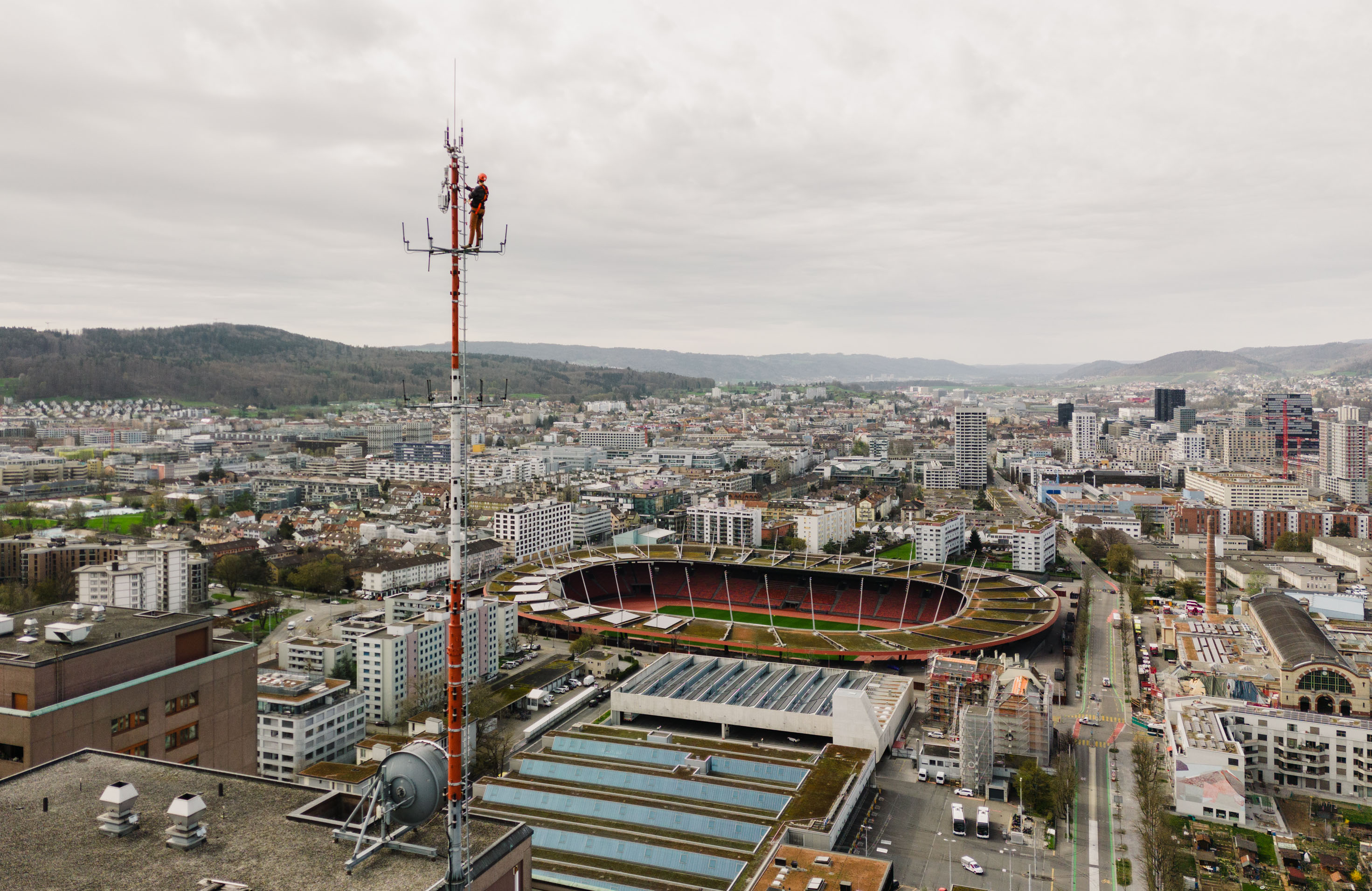
Cities account for almost three-quarters of global human-induced CO2 emissionsExternal link, mostly transport and heating. But annual estimates may be imprecise and outdated. Zurich is taking part in a European pilot project, alongside Paris and Munich, aimed at changing how cities monitor their climate action and finding better methods to accurately measure emissions.
Calculating a city’s “carbon footprint”, or inventory, is traditionally done using estimated emissions of greenhouse gases based on information from industry, traffic authorities, energy firms, among others. Yet these crucial measurements contain a large margin for error with possible omissions or over-estimates.
The latest official figures for ZurichExternal link show 2.4 million tonnes of CO2 equivalents for 2022, down 37% compared to 2012. But this remains a rough estimate – not a very accurate way of comparing carbon cuts or the impact of reduction measures.
Urban dwellers meanwhile are getting more serious about climate action. Switzerland’s has a national net-zero goal of 2050 – but Zurich wants to go even faster. In 2022 75% of locals voted in favour of the city’s proposal to reach net-zero by 2040External link, with even higher support (80-85%) downtown.
But achieving this ambitious target will require accurate, reliable data, says Lukas Emmenegger, head of the Laboratory for Air Pollutants/Environmental Technology at the Swiss Federal Laboratories for Materials Science and Technology (Empa).
“Zurich, for example, currently counts all its cars and heating systems and multiplies that by emission factors to calculate a bottom-up inventory. What we are doing is observation based: we look at the atmosphere and the concentrations of CO2 in the city and we combine that with models to get an independent estimate of the emissions,” he explains to SWI swissinfo.ch.
Building a measurement network
Over the past four years, the city of Zurich has been involved in the ICOS Cities project,External link along with Munich and Paris. Scientists are testing new greenhouse gas measurement tools and building computer models to study local emissions. Among the many answers they are looking for is a better understanding of where the CO2 in urban areas originates, whether it is from traffic, heating, natural sources or elsewhere, and the influence of factors like winds, forests and parks on CO2 concentrations.

Each city has a unique measurement set-up, depending on its topography. Zurich is complex as it is close to two heavily forested hills and the lake. This creates air currents that are difficult to predict and quickly transport greenhouse gases away from their source, hence they needed a combination of monitoring methods.
Empa has installed a web of special instruments. Small low-cost sensors were fitted to streetlamps and trees at 60 locations, while more expensive, complex devices were attached to mobile phone antennas. A so-called eddy covariance sensor was put on a radio tower on top of a high-rise building in Hardau, in the heart of the city, to pinpoint emissions and create a “flux footprint”. To properly quantify and compare emissions, the team also gathered CO2 background data from three measuring towers outside the city and one on the Jungfraujoch mountain in the Bernese Oberland.
Paris, meanwhile, is flat, so researchers can rely much more on instruments installed upwind and downwind, according to fluxes. They are also using the “Generali balloon” tethered near the Eiffel Tower to measure CO2 emitted in the French capital up to a height of 300 metres.
Natural v human-induced emissions
The forests and other green areas in and around Zurich breathe in and out large quantities of CO2 every day.
“Depending on the season, the biogenic activities are very strong, even in a city like Zurich,” says Emmenegger.
Scientists from the University of Basel collaborated with Empa by studying these natural fluctuations. For example, they observed soil humidity and the sap flow on selected trees in city parks. The sap flow is a measure of the photosynthetic uptake of CO2 by the plant.
Distinguishing between anthropogenic, or human-induced, emissions from the natural CO₂ cycle in the atmosphere remains one of the main challenges when monitoring.
“Anthropogenic emissions are of the same order of magnitude as the biogenic emissions, so that makes them difficult to disentangle,” Emmenegger says.
This is achieved during the modelling phase when complex simulations reconstruct the CO2 fluxes from trees, grass and crops – and even human respiration (the latter is estimated to be 10% of the total).

More
Switzerland’s new 2035 climate goals disappoint
Modelling
After two years measuring CO2 concentrations, the Empa team is now finalising the integration of the data into high-resolution models. The pilot is set to officially end in December 2025 when final reports and conclusions are published. But already the Zurich scientists say their preliminary results are promising.
“We know there are substantial uncertainties in all these methods, but the [different modelling] results end up very close together. This gives us some confidence that this is really useful information,” says Dominik Brunner, a senior researcher at Empa.
Using their observation-based approach, they were able to measure and model a sizeable reduction in CO2 emissions in winter 2022/23. During that period, Zurich significantly reduced its energy consumption amid the ongoing energy crisis in Europe.
More surprising perhaps, the results from two of the models suggest that the current CO2 inventory method may overestimate annual emissions by around 20%.
Going forward, the monitoring stations, currently used only for research purposes, should offer better transparency, eventually allowing policymakers, and the public, to monitor fluctuating emissions levels and see whether the city is on the right track, say the Empa scientists.
“If we were to continue these CO2 observations into the future, would we be able to track the pathway to net zero by 2040? Yes, we believe we can do it,” says Brunner.
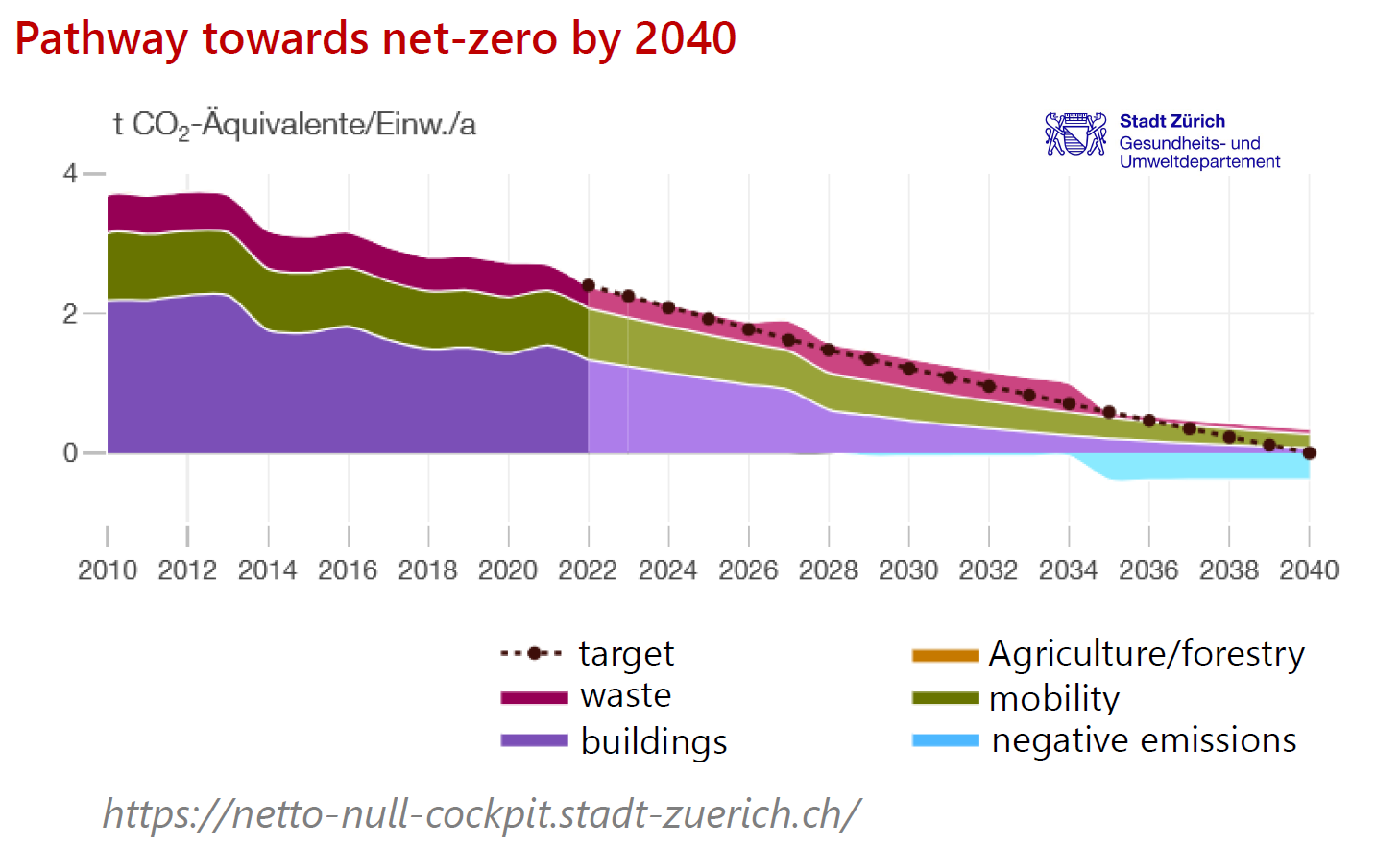
But when the pilots end, ultimately, it’ll be up to the city authorities to decide if and how they are continued.
Anke Poiger, head of communications at Zurich’s environment and health department, says officials are certainly enthused about the possibility of comparing the two different CO2 monitoring methods.
“We hope this will provide us with information on the accuracy of our calculations as well as potential deviations. The approach of the ICOS Cities project also allows for a higher spatial and temporal resolution analysis, which is also exciting for us,” she told SWI swissinfo.ch, adding that the authorities are still examining with Empa “the possibility of continuing the established network”.
Brunner is more bullish: “They are interested in supporting the system beyond the end of ICOS Cities project. But we have to discuss the details with them. We are very optimistic that it can continue, at least for several years, with this measurement infrastructure, but not all of it.”

More
How satellites and AI can help check the pulse of our warming planet
The different methods trialed in Zurich vary in terms of investment and costs. But operating the measurements and models should result in Swiss franc costs in the “very low six-digit range”, Emmenegger estimates.
“If you compare it to the many millions spent to actually get rid of CO2, it’s not that much,” he adds.
Beyond 2025, 12 other European cities including Basel in Switzerland, which have joined the ICOS Cities networkExternal link, are lined up to test the monitoring techniques and services being trialed in Zurich, Paris and Munich.
“We plan to develop services to advise cities on how to set up and operate an urban greenhouse gas monitoring network,” ICOS ERICExternal link Director General Werner Kutsch told SWI.
“Every city is different. Cities differ in size, location, climate and, of course, greenhouse gas emissions, political leadership and the ambitions of their climate targets. Each of the cities in the network has its own research on urban emissions that is linked to the project. In this way, we are creating a large European research network.”
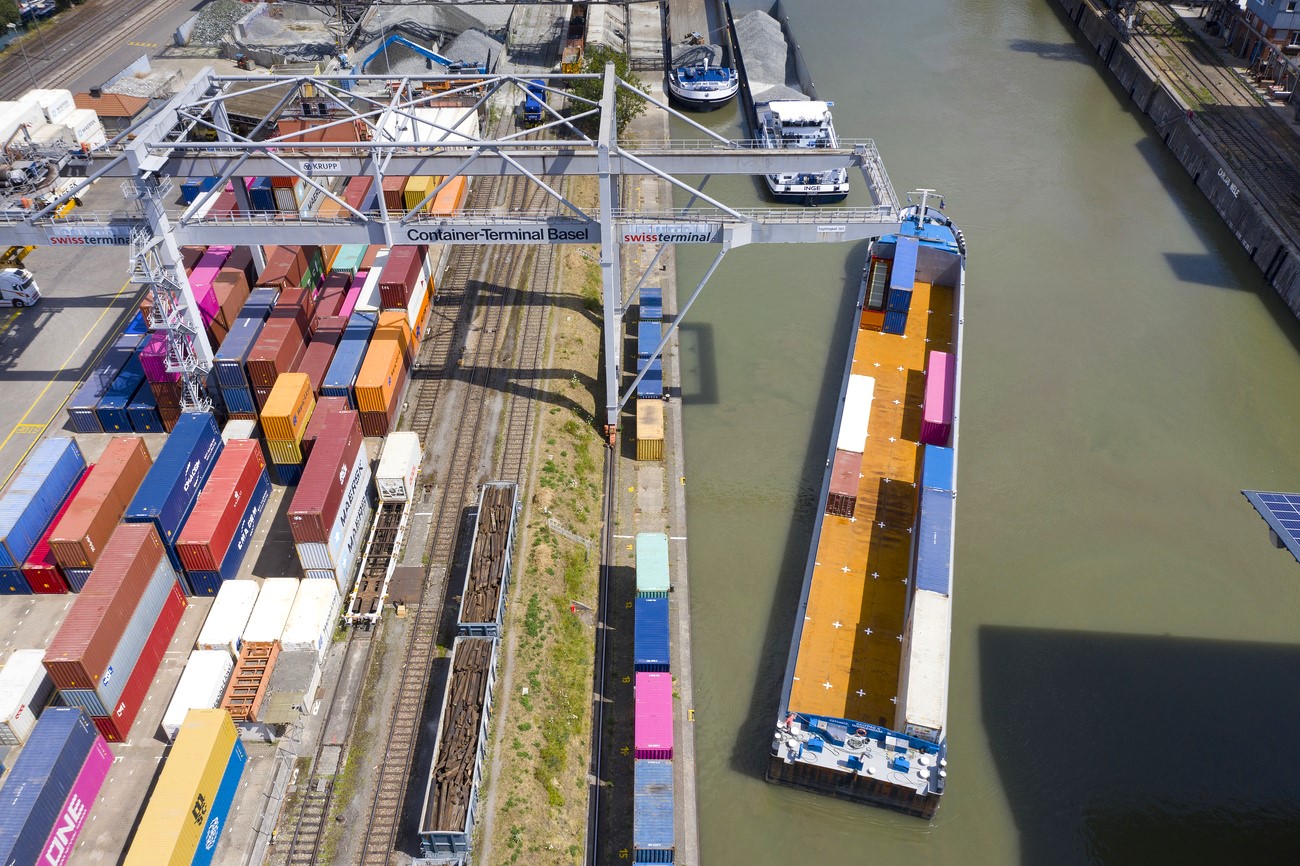
More
Why Switzerland’s carbon footprint is bigger than you think

More
Newsletters
Edited by Balz Rigendinger/mga

In compliance with the JTI standards
More: SWI swissinfo.ch certified by the Journalism Trust Initiative
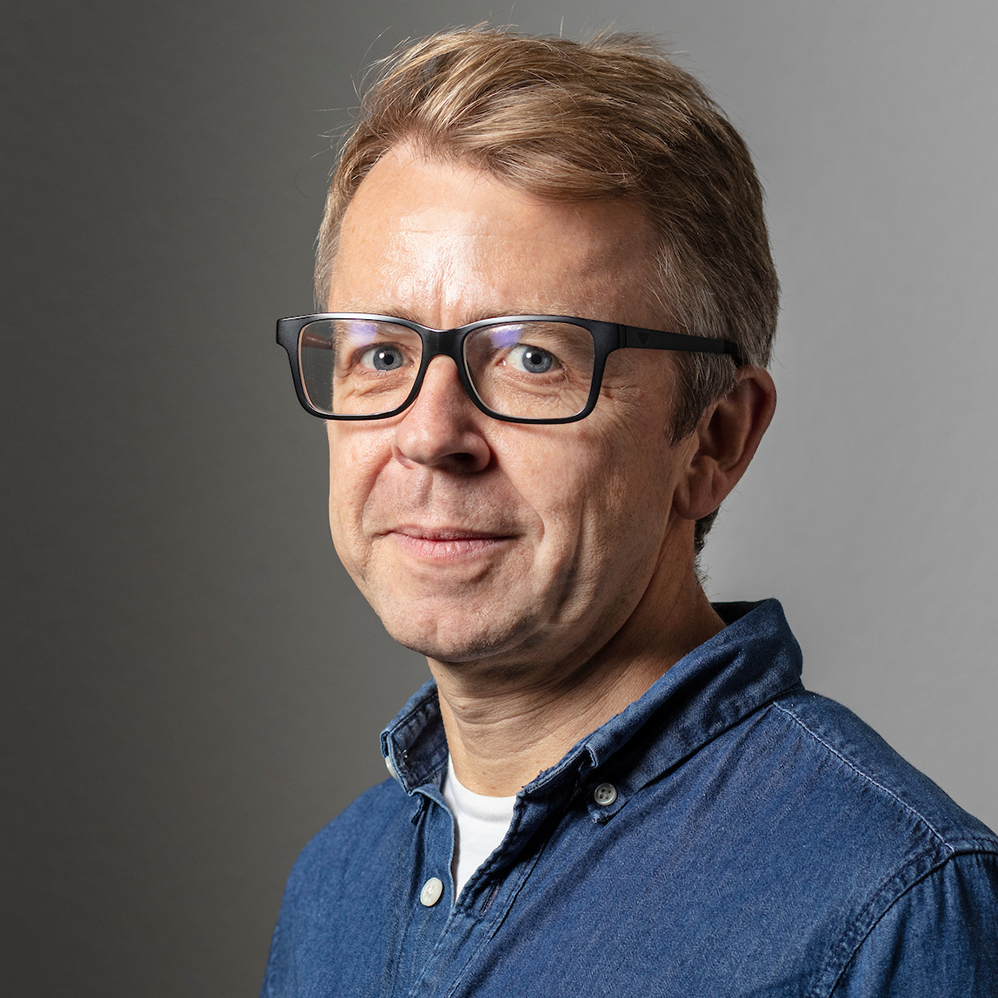
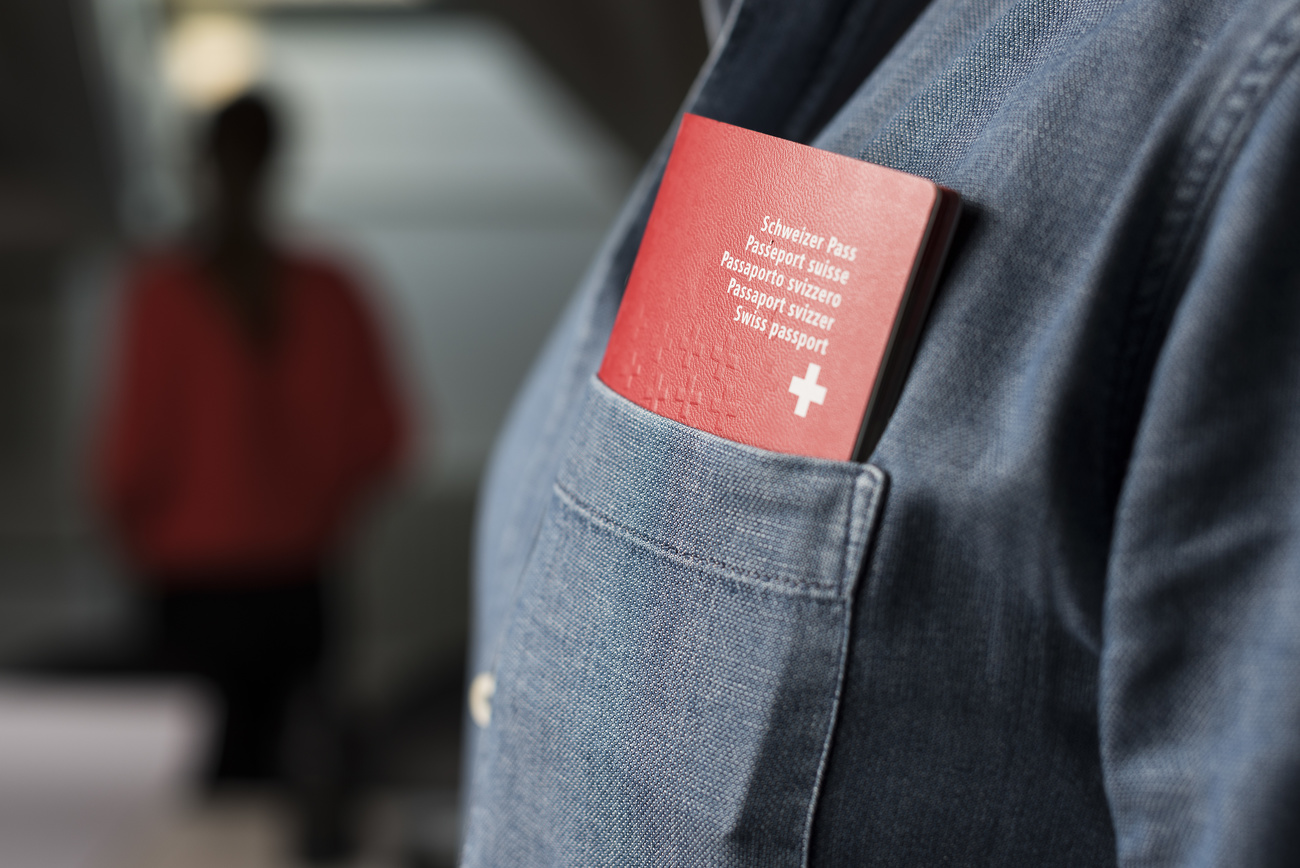

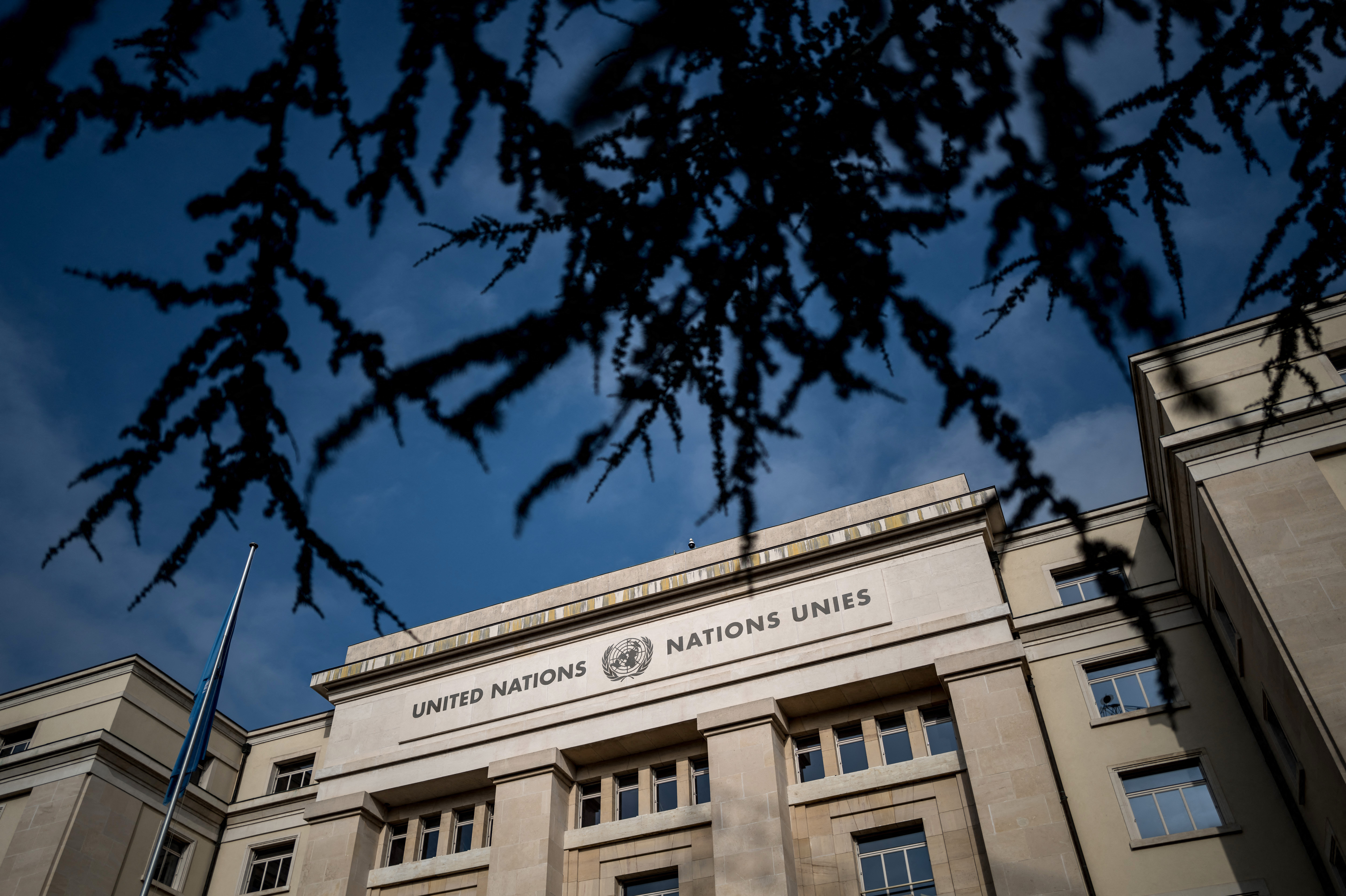
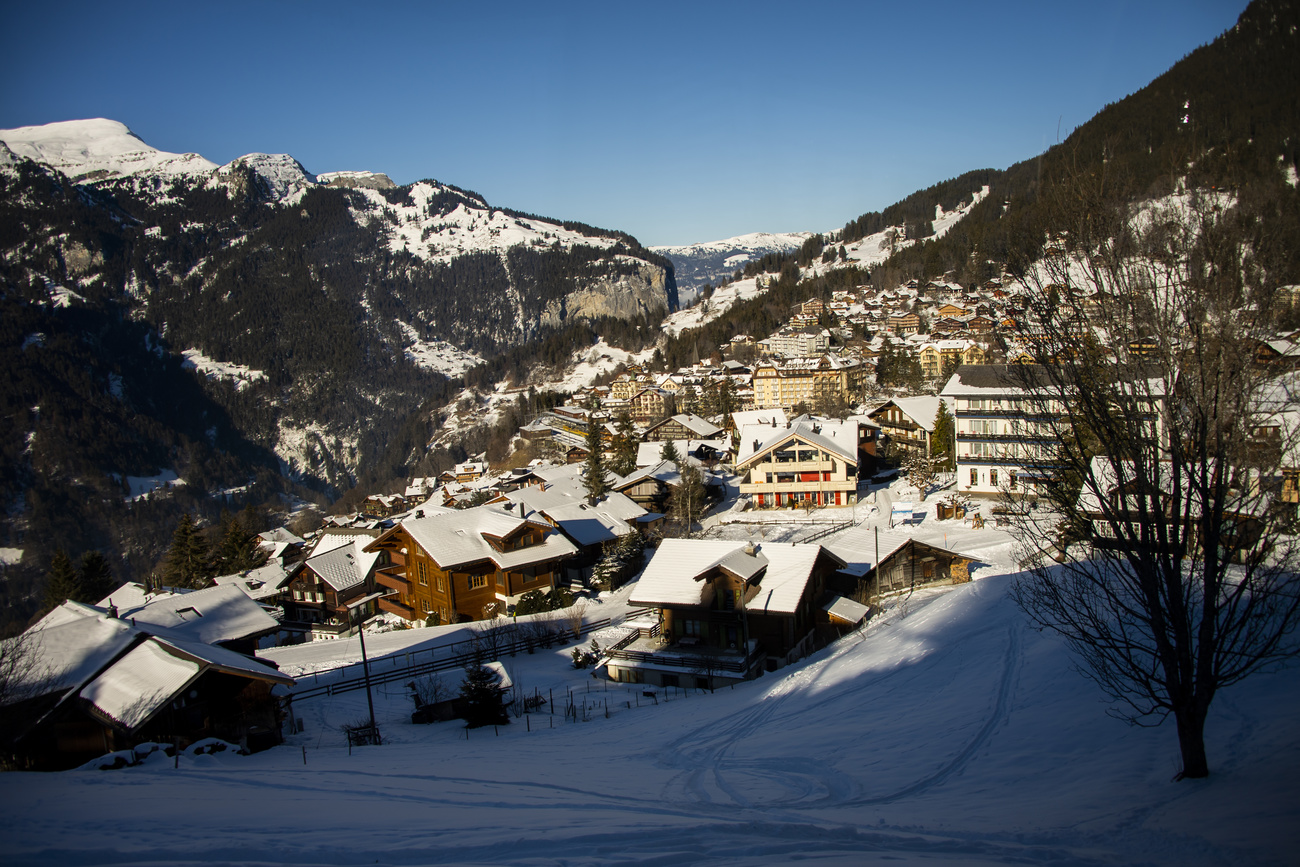
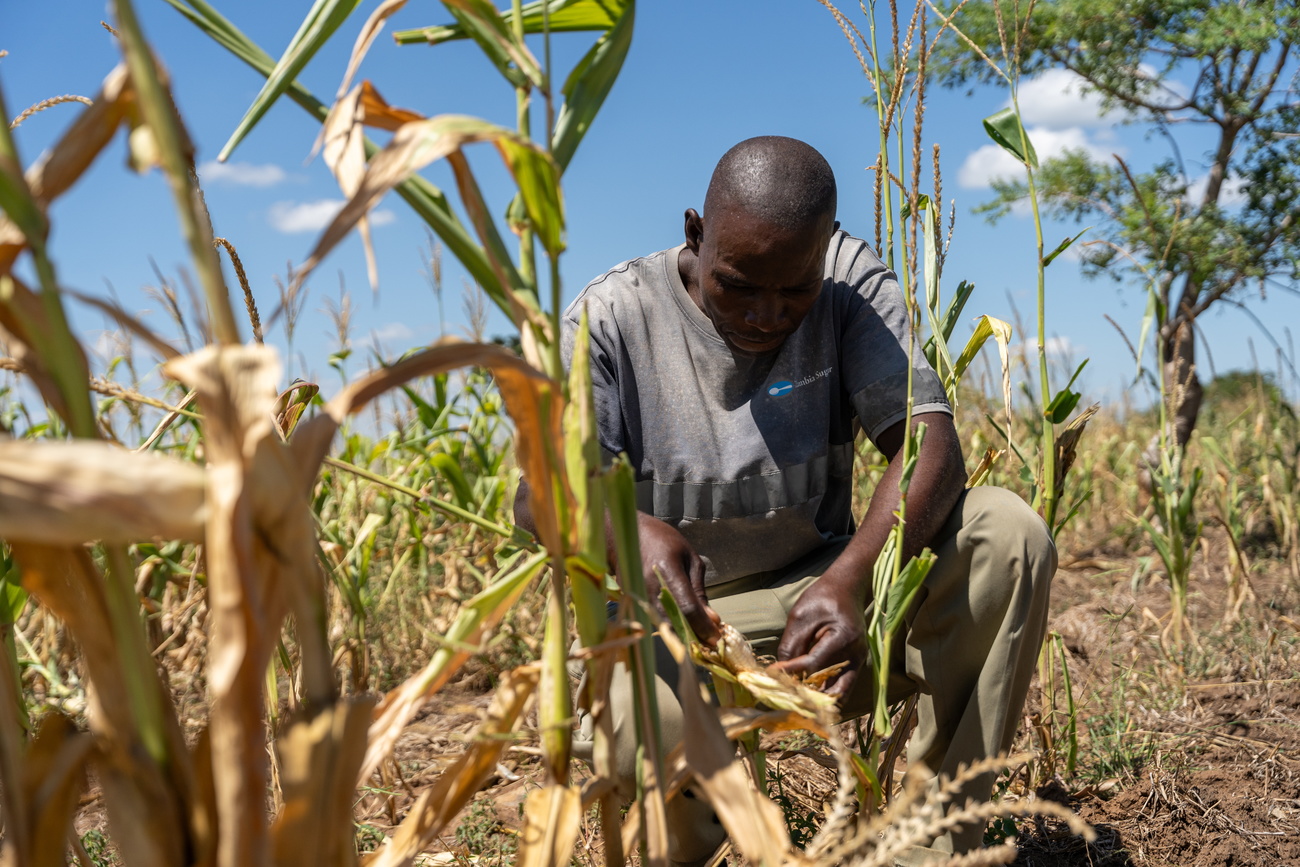


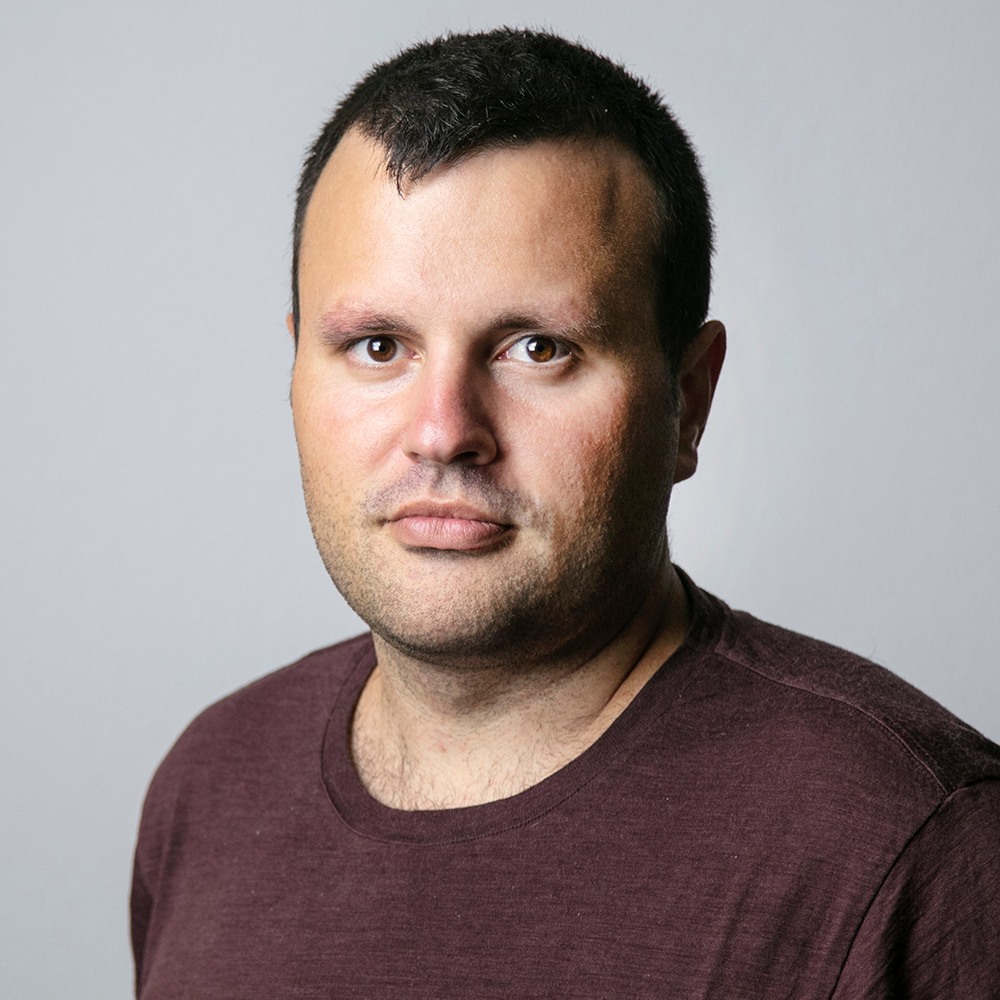
You can find an overview of ongoing debates with our journalists here . Please join us!
If you want to start a conversation about a topic raised in this article or want to report factual errors, email us at english@swissinfo.ch.